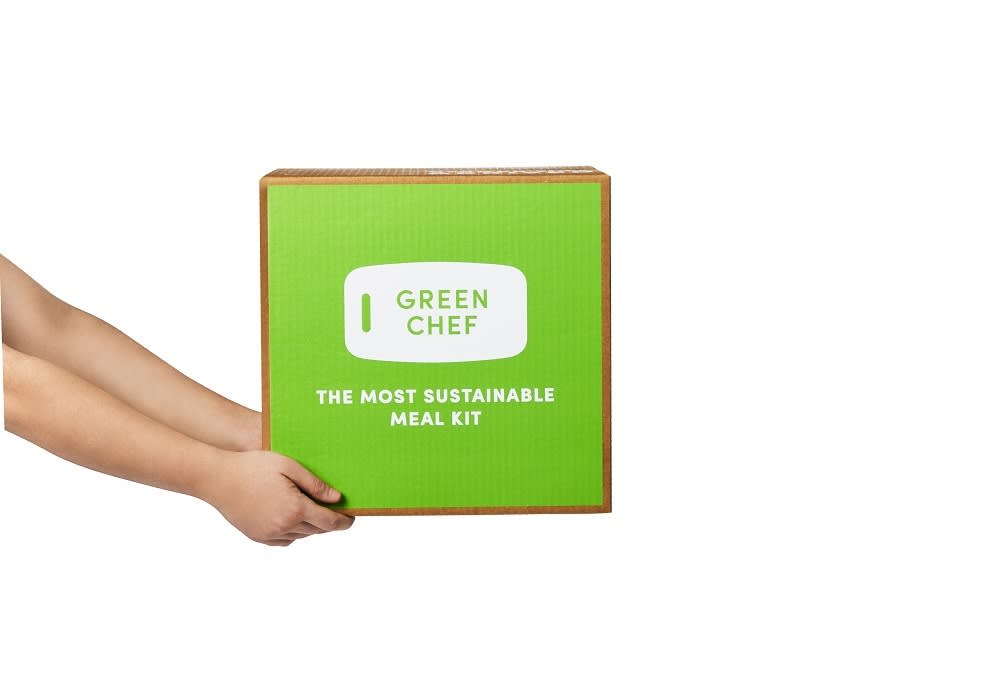Plant-Based Diets 101: How to Start a Vegan or Vegetarian Diet Plan
Plant-Based Diets 101: How to Start a Vegan or Vegetarian Diet Plan
Good for You, Good for the Planet: a Plant-Based Diet Plan
You’ve certainly heard all the buzz around plant-based eating. From vegan and vegetarian diet plans, to “meatless Mondays” for those who don’t want to completely forgo meat, plant-based diets are growing in popularity. Why? Not only can switching to a plant focused diet help you drop a few pounds, it’s also a more environmentally friendly option. But what exactly does “plant-based” mean? Do you have to completely eliminate meat and dairy? Does it just mean eating less meat? Read on to find out more!
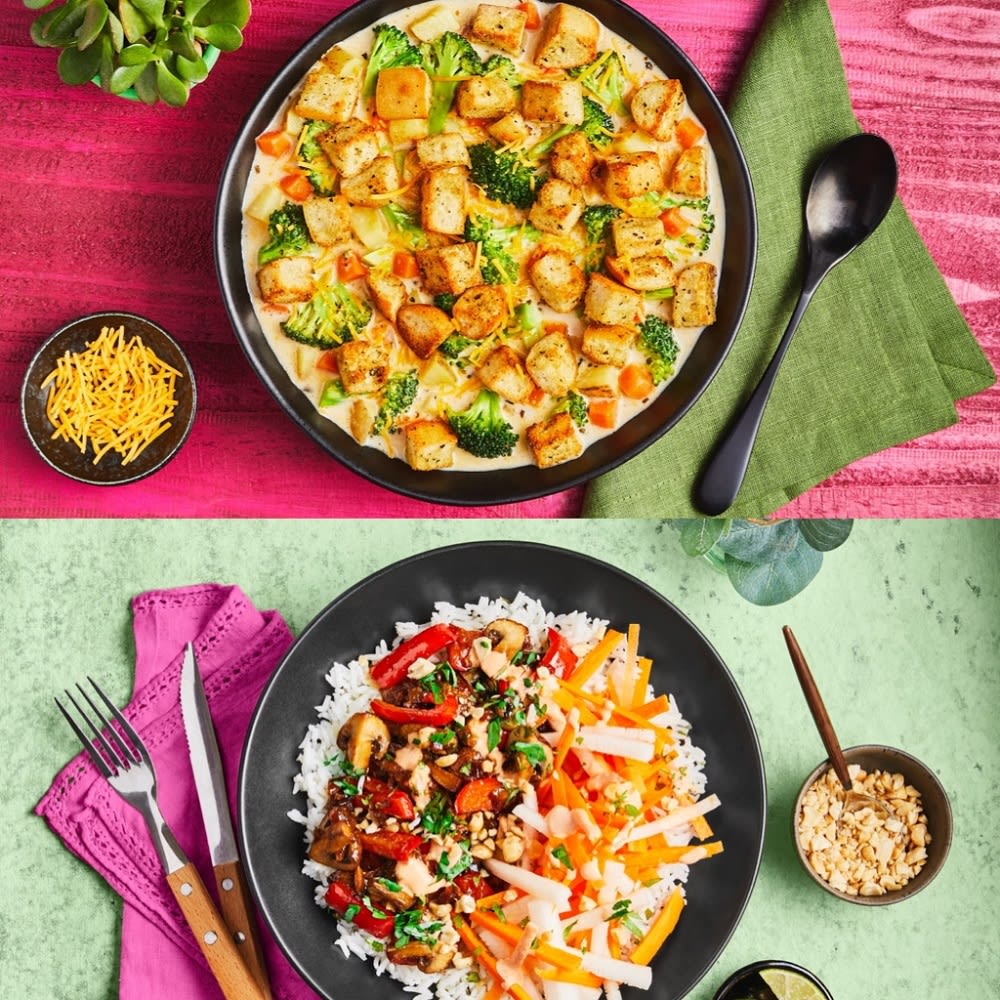
Vegetarian vs. Vegan: What’s the Difference?
Going plant-based doesn't necessarily mean saying goodbye to meat forever. That is, unless you have decided to start a vegan diet plan. Vegans do not eat any type of meat, including fish, nor do they consume eggs, dairy, or any other animal product or by-product. A vegan diet is the strictest plant-based diet plan out there. Thankfully, it is easier than ever to go vegan these days. There are plenty of vegan alternatives in the supermarket, like vegan cheese and vegan butter, and it’s simple to find a multitude of delicious vegan recipes.
If, though, going vegan isn’t something you want to do, you can simply go vegetarian! The term “vegetarian” is quite broad. Traditionally, a vegetarian diet plan means eating no meat, but there are several subsets of the term. It can mean completely eliminating all meat and fish, but still eating eggs and dairy (a so-called lacto-ovo vegetarian), eating no meat but occasionally eating fish (a pescatarian), or simply focusing on eating more plant-based foods and less meat (a semi-vegetarian or flexitarian).
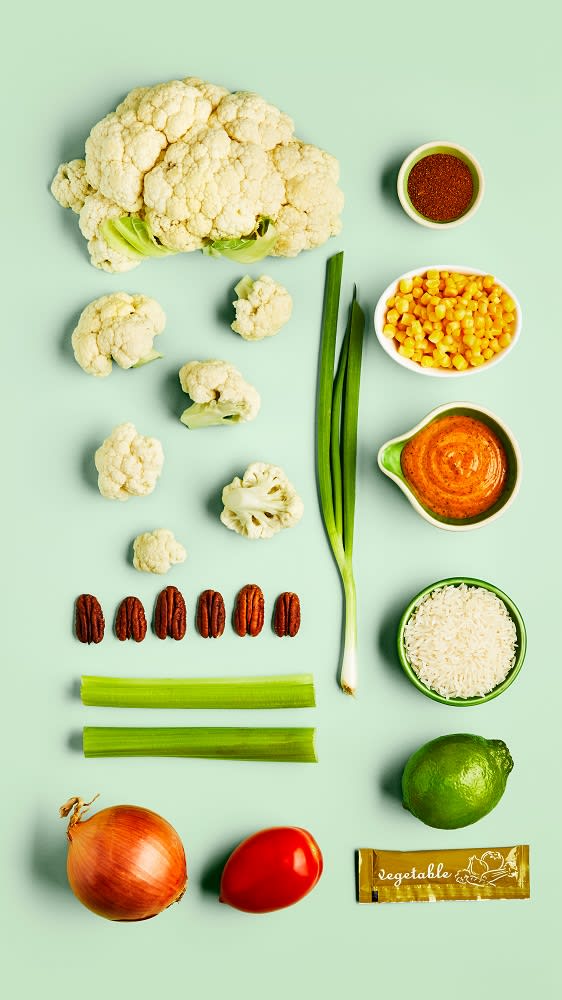
The Basics of a Vegetarian Diet Plan
The vegetarian diet has become increasingly popular in the past few years. With increased research coming out about the health and environmental benefits of a plant-based diet, it’s no wonder. So, what is a vegetarian diet? A vegetarian diet is a plant-focused, plant-based diet. Traditionally, vegetarian diets exclude meat of all kinds, including poultry, and fish. Within that broader definition, there are 4 main types of “no meat” vegetarian diets:
- Lacto-ovo vegetarian: eggs and dairy are allowed, but no meat, fish, or poultry
- Lacto-vegetarian: dairy is allowed, but no eggs, meat, fish, or poultry
- Ovo-vegetarian: eggs are allowed, but no dairy, meat, fish, or poultry
- Vegan: no animal products whatsoever, including honey, dairy, and eggs
- Pescatarians: fish is occasionally allowed but no meat or poultry. Whether eggs and dairy are allowed is a personal choice
- Flexitarians: nothing is completely eliminated, but consumption of meat, fish, and poultry is limited
Pescatarians and flexitarians usually adopt an 80/20 approach: 80% of meals and snacks are plant-based and just 20% include meat and/or fish. This type of “semi-vegetarianism” is good for those who need extra protein in their diet. It’s best to choose organic, wild, and ethically sourced meat and fish products, if possible.
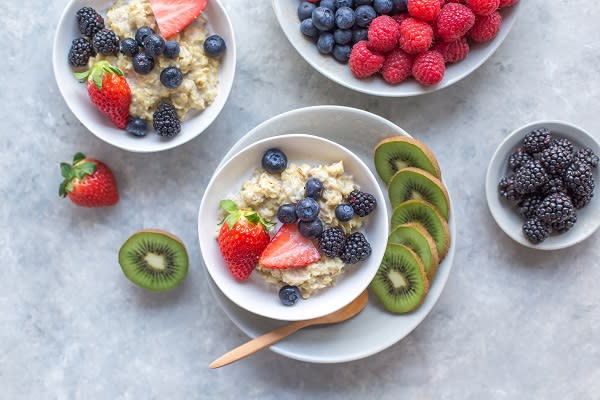
Ideas for Your Vegetarian Diet Plan
Now that you know the basics, let’s take a look at a one-day vegetarian diet example so you can see for yourself how delicious and easy it is to go vegetarian:
- Breakfast: two egg omelet with green peppers and onions or hot oatmeal with peanut butter and bananas
- Lunch: quinoa cranberry salad with slivered almonds, spinach and a soft boiled egg or pan-seared tofu
- Dinner: whole wheat pasta with red pepper pesto and a big side salad dressed with olive oil and balsamic vinegar
- Dessert: raspberry sorbet
And that’s just a start! As you can see, a vegetarian diet can be multi-faceted and delicious.
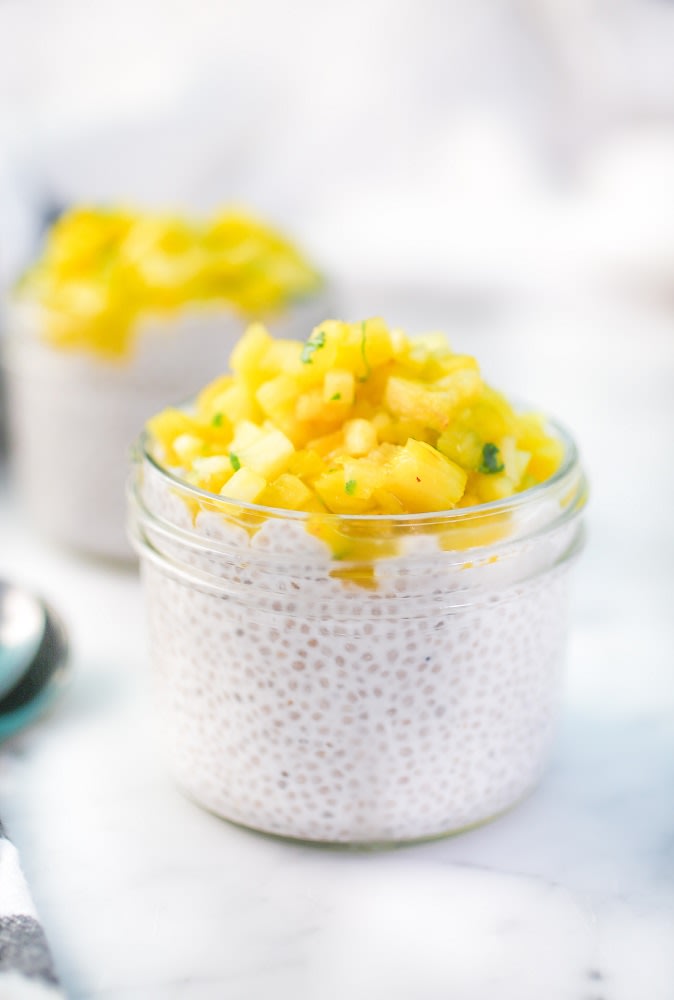
A Sample Vegan Diet Plan for Beginners
Take a look at a simple two day vegan diet example, perfect for beginners:
Monday
- Breakfast: chia seed pudding made with almond milk, topped with strawberries and toasted coconut
- Lunch: whole-grain pasta with pesto and a side salad of leafy greens with tomato and cucumber
- Dinner: roasted chickpea and cauliflower tacos with fresh guacamole and salsa
- Snacks: carrot sticks with hummus, trail mix
Tuesday
- Breakfast: whole wheat toast topped with almond butter and sliced bananas
- Lunch: traditional tabbouleh with lemony bulgur, tomatoes, cucumbers, fresh mint, and parsley
- Dinner: vegan 5 bean chili with cornbread
- Snacks: an apple with peanut butter, kale chips
Most of these ingredients are easy to find at your local supermarket, and none require any fancy cooking techniques or crazy substitutes. When starting out, focus on easy to prepare meals with whole, natural ingredients you know and like.
What Are the Pros and Cons of a Plant-Based Diet?

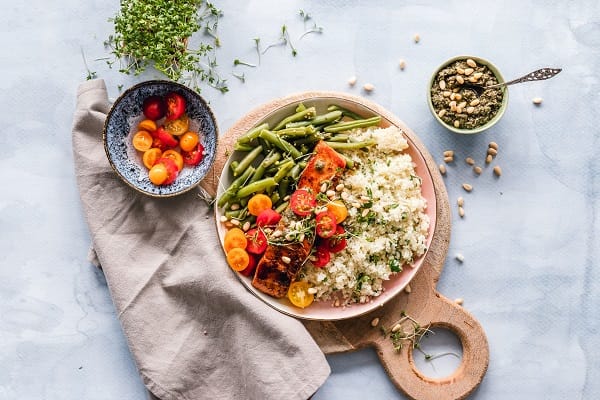
What are Macros and How Much Do I Need?
Carbohydrates give us quick, usable energy and are easy to get enough of on a plant-based diet like veganism. Healthy, complex carbs are found in vegetables, fruits, whole grains, beans, and legumes. Stay away from “simple” carbs like sugar. You may get a quick surge of energy, but it will only leave you hungry again! Plus, sugar provides “empty” calories. You want to get as much nutritional bang for your buck, so choose an apple instead of a sugary donut – even if it is vegan!
Fats are vital for organ protection, healthy hair, and also help you get – and stay – satiated. Sources of healthy, unsaturated fat include vegan diet staples like avocados, almonds, and other nuts, as well as seeds.
Protein is the building block for muscles and overall strength. We need protein to get and stay strong! Plant-based proteins include soy products like tofu, edamame, and tempeh, as well as lentils, quinoa, and beans. It can be difficult for vegans to get enough protein since meat contains significantly higher protein per gram. With planning, though, it is possible!




Making a Plant-Based Diet for Athletes
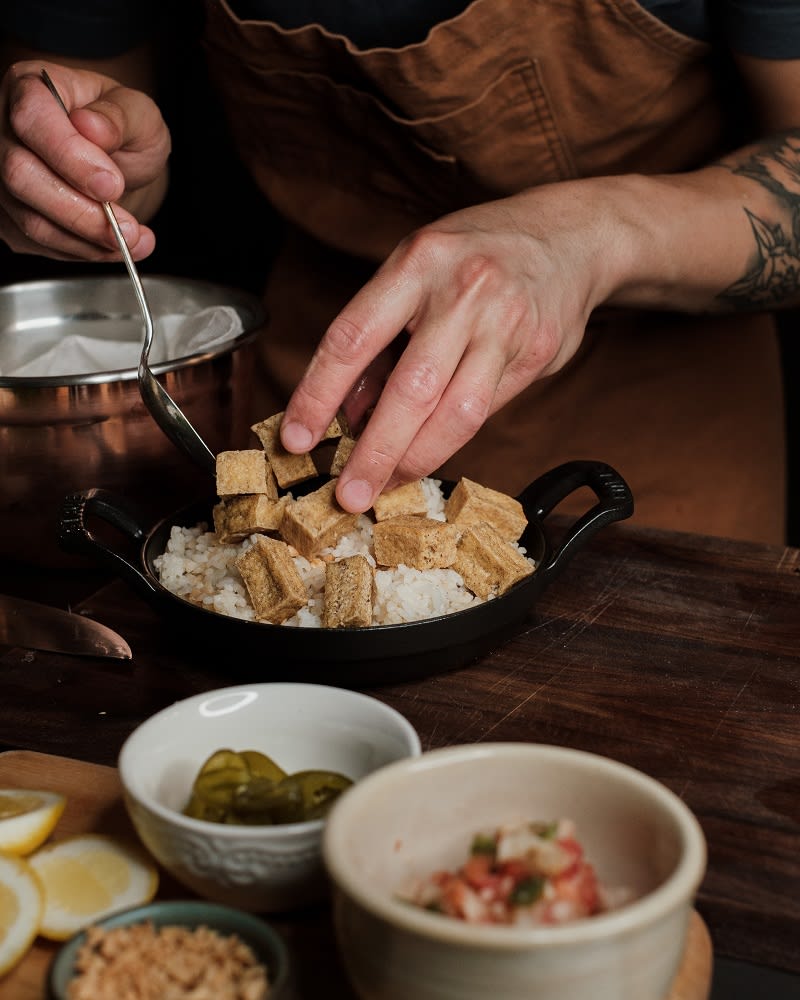
Carbohydrates and Protein: The Building Blocks of a Plant-Based Diet for Athletes
Even more so than others, it’s important for athletes to get enough protein in their diet. This helps with building muscle. The right kind of carbohydrates are also important to give you the proper energy to not only get through your workout, but also to help you build endurance. Fruits like apples, bananas, and pears provide quick but healthy carbohydrates that give you the boost you need before or after your trip to the gym. Try a fruit smoothie with an alternative milk or simply nosh on a fruit salad. After your workout, having a healthy bowl with quinoa, leafy greens, nuts, and a light dressing will do the trick.
When it comes to protein, what you can eat before and after your workout depends on what kind of vegetarian you are. For lacto-ovo vegetarians, eggs as well as cheese and milk are wonderful sources of protein. If you’re on a pescatarian diet for athletes, add tuna or salmon to your morning omelet or afternoon salad. Adapting a flexitarian diet for athletes means you can occasionally have chicken or even a steak. However, since the point of adapting a plant-based diet is to consume fewer (or no) animal products, everyone can fill up on high protein vegan foods like tofu, seitan, quinoa, lentils, and beans to meet protein requirements and gain muscle.
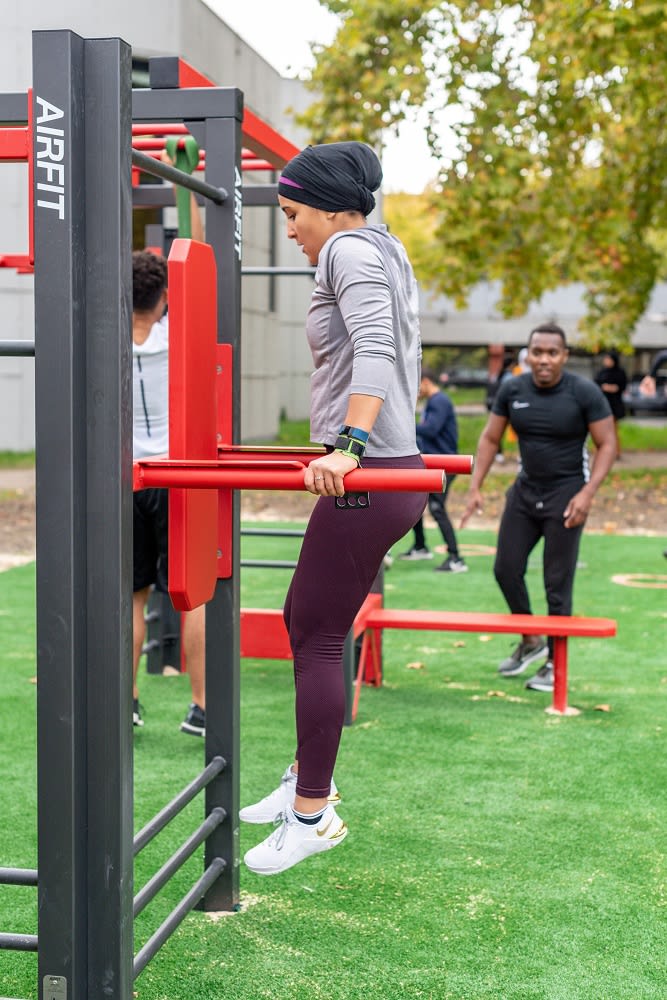
Bodybuilding on a Plant-Based Diet Plan: Is It Possible?
In order to build muscle mass, bodybuilders have to eat more proteinthan the average person– up to 1 gram of protein per pound of body weight! Since protein is more readily available in animal products like meat, a semi vegetarian diet for bodybuilding is more conducive than a vegan diet to build muscle. So following a pescatarian diet for bodybuilding, for example, will see you gain muscle. Why? Being on a pescatarian diet for muscle building means you can eat healthy, protein rich fish like salmon, mackerel, or tuna. These sources of protein provide more protein per gram than vegan protein sources. The same goes for a semi-vegetarian diet to build muscle. On a semi-vegetarian diet, muscle gain may be easier since you are allowed to sometimes eat protein powerhouses like chicken or turkey.
All that being said, a vegan diet and bodybuilding are not mutually exclusive. Everyone, vegans and non-vegans alike, can load up on healthy vegan sources of protein like soy, nuts, legumes and more. Vegan protein powders are also a fantastic way to add some extra protein to your plant-based diet. Add some to your pre- or post-workout smoothie. Be careful not to rely too heavily on chemicals or “fake food” like protein bars. Even if they are vegan, they are not necessarily healthy! It is important to focus on whole, natural sources of protein.
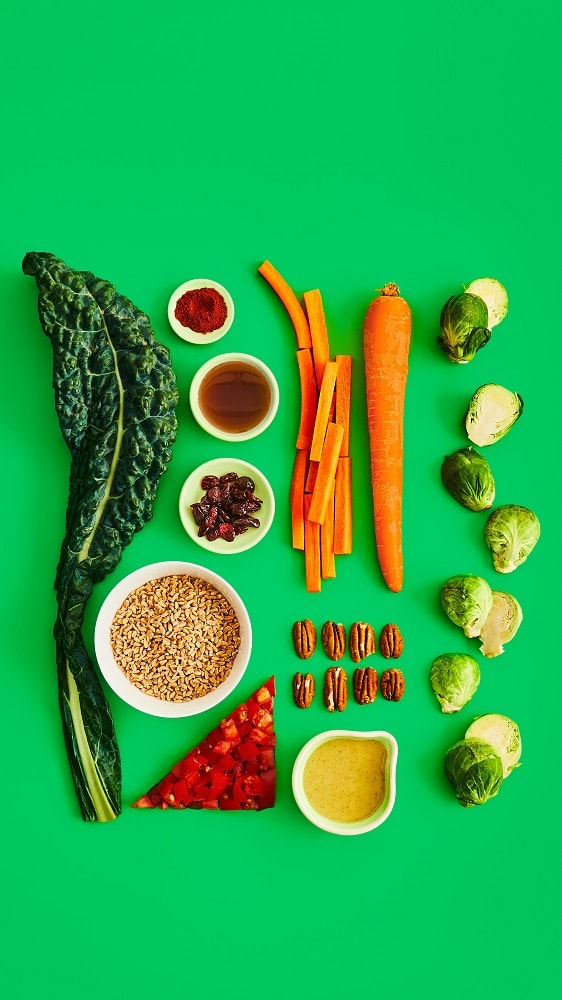
A Few Tips to Get Started
It can be tough to get started on a new way of eating. Making the switch to a plant-based diet is meant to be a long haul decision, not just a quick fix. It is important, then, to make sustainable changes. If you’re considering becoming a flexitarian and wondering how to start a flexitarian diet, “meatless Mondays” are a brilliant way to get the ball rolling. Simply commit to eating a vegetarian meal every Monday and then as you get acquainted with recipes, add a few more meatless days to your routine. Draft up a semi-vegetarian diet meal plan for a week and stick to it. It’s easier than you think!
A pescatarian diet plan is also simple to start. Just make fish the star of 3-4 meals a week and let the rest of your meals be meatless. If you’re watching what you spend, a plant-based diet on a budget is totally doable. So many grains are packed full of nutrition and don’t cost too much. A package of protein rich quinoa can be stretched over multiple meals, and rice is a classic staple that doesn’t break the bank. Make a meal plan for your plant-based diet menu and stick to your shopping list. You’ll have budget-friendly, healthy, plant-based meals on the table in no time!
